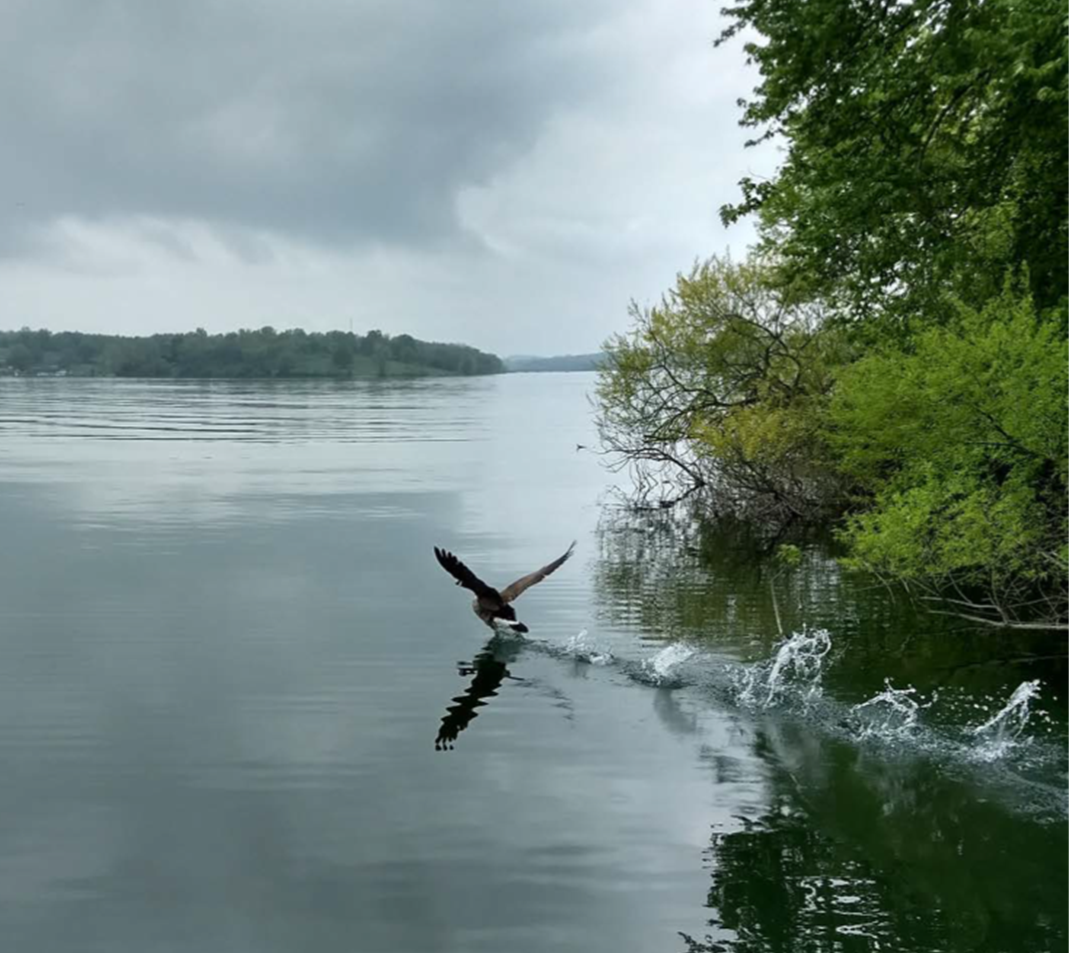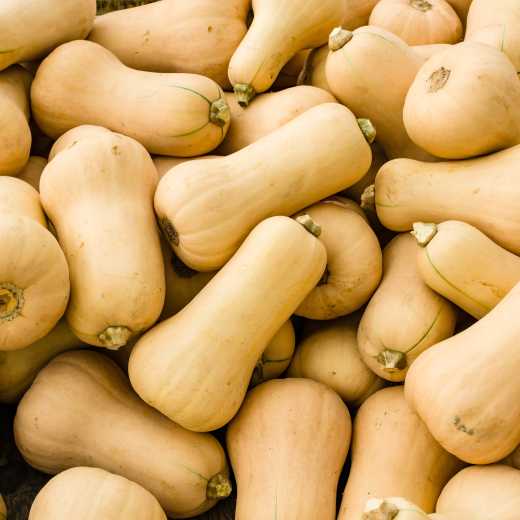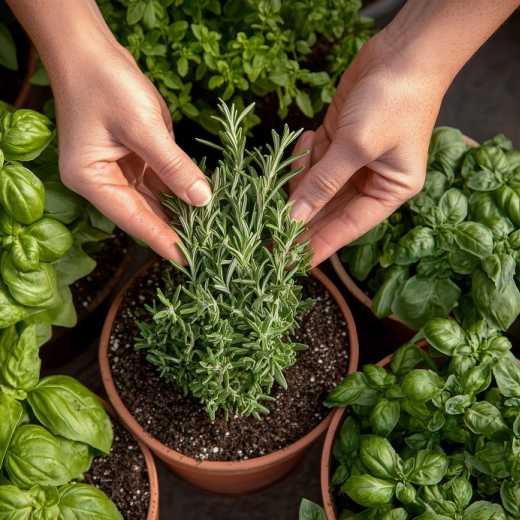Where Have All The Birds Gone?
WHERE HAVE ALL THE BIRDS GONE?
Research efforts by the Cornell Lab of Ornithology revealed that nearly 3 billion birds in North America have vanished since 1970. That is more than one in four birds. According to Cornell Lab of Ornithology conservation scientist, Ken Rosenberg, lead author of “Decline of the North American Avifauna," Science 10.1126/science.aaw1313 (2019): “These bird losses are a strong signal that our human-altered landscapes are losing their ability to support bird life. And that is an indicator of a coming collapse of the overall environment."
The losses come from 12 avian families including sparrows, black birds and finches. Let’s take the red-winged blackbird for example. Although 30 years ago there were more than 260 million of them, more than one third of their population has disappeared. For blue jays and rose-breasted grosbeaks, one in four are gone; for Baltimore orioles, dark-eyed juncos and white-throated sparrows, it is one in three.
But there is some good news. When attention is paid to declining populations, some groups of birds are doing well. Rosenberg suggests a recovery is possible if conservation measures are taken. Government, business, agriculture industry and fisheries can all contribute to change. Currently in the House of Representatives, the following bills have been introduced: the Recovering America’s Wildlife Act, and the Bird-Safe Buildings Act. Deforestation, pollution and climate change can affect supply sources, pricing and growth. In one industry sector, there are on-going efforts to develop sustainably-sourced wood products – printer paper, napkins, paper bags, furniture and so on. In agriculture, some conservation groups focus on developing better cattle grazing methods with a view to restoring grasslands and helping ranchers use these methods on their lands. Stable fisheries support seabirds. Monterey Bay Aquarium is working with business partners to improve the sustainability of global fisheries.
And us, what can we do? Here are several ways we can help. Many of us are aware of initiatives such as keeping cats indoors, reducing lawn area, planting native plant species, avoiding pesticides. But did you know that if we choose shade-grown coffee, we will encourage coffee farmers to conserve and maintain forests instead of destroying them by converting them to coffee plantations? We can reduce our use of throw-away plastic bags, bottles and utensils. And lastly, we can be citizen-scientists by participating in eBird, Feeder Watch or Christmas Bird Count projects.
Sources: Living Bird, Cornell Lab of Ornithology, Autumn 2019, “Vanishing” by Gustave Axelson
Carolyn Braverman, President Federated Garden Clubs of Maryland, Inc.
Photos by Kathleen Sybert and Gerianne Holzman

 Member Login
Member Login







